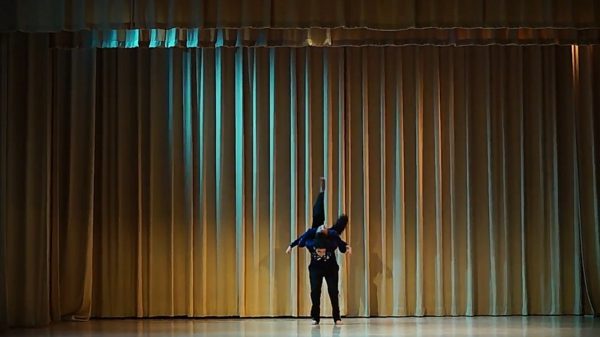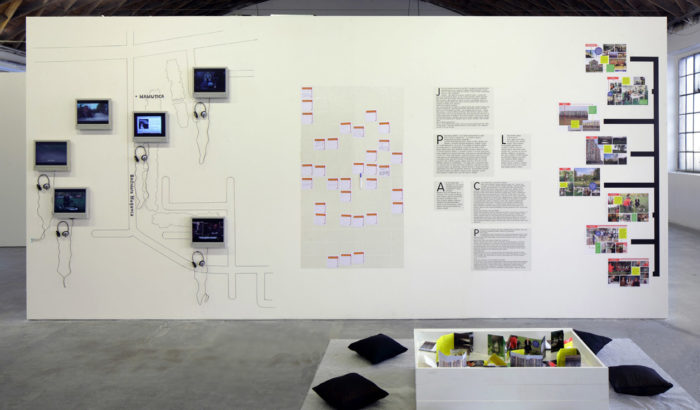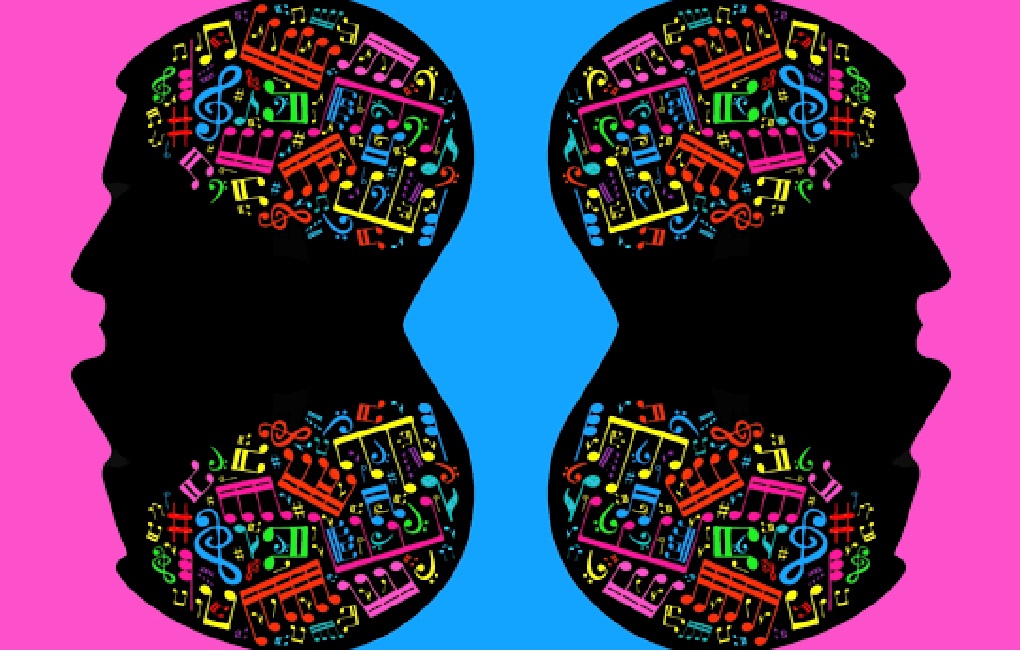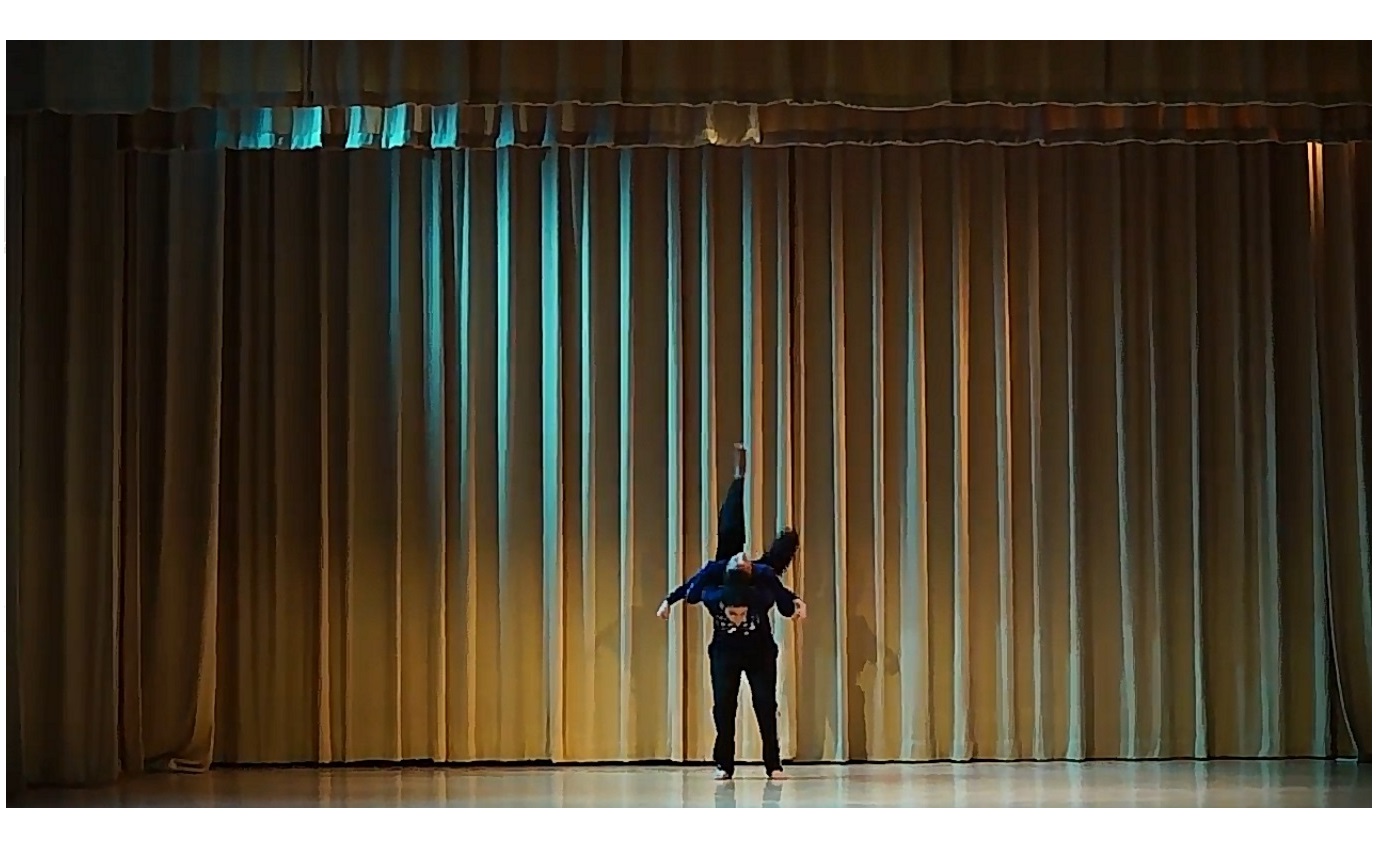(New York, June, 2023)—The Metropolitan Museum of Art announced today its upcoming summer and fall exhibitions along with new live arts performances and summer initiatives, including the return of the bike valet program, ongoing date night offerings, and more.
“The stories we tell at The Metropolitan Museum of Art are ever expanding,” said Max Hollein, Marina Kellen French Director of The Met. “Through groundbreaking exhibitions, compelling displays, and powerful performances and programs, this upcoming season is sure to delight, inspire, and engage audiences from near and far.”
Highlights of The Met’s summer exhibitions include: Grounded in Clay: The Spirit of Pueblo Pottery(opening July 14), a presentation of Pueblo Indian pottery and the first community-curated Native American exhibition in the history of The Met;Tree & Serpent: Early Buddhist Art in India, 200 BCE–400 CE (opening July 21), featuring never before publicly exhibited masterpieces that trace the aesthetic impact of the religion on Indian art; Art for the Millions: American Culture and Politics in the 1930s(opening September 7), surveying how artists searched for cultural identity during a decade of political and social upheaval in the United States; The Facade Commission: Nairy Baghramian, Scratching the Back(opening September 7), the fourth in a series of contemporary commissions for The Met’s facade and the artist’s first public installation in New York City; and Picasso: A Cubist Commission in Brooklyn (opening September 14), a focused exhibition dedicated to a captivating, but lesser-known chapter of the artist’s Cubist period. It will bring together for the first time six paintings linked to Picasso’s unrealized decorative commission for the Brooklyn residence of artist, collector, and critic Hamilton Easter Field (1873–1922).
Fall season highlights include: Manet/Degas (opening September 24), the first major exhibition examining one of the most significant artistic dialogues in the genesis of modern art; The Great Hall Commission: Jacolby Satterwhite, A Metta Prayer(opening October 2) an immersive multi-channel video installation and a series of performances that will transform the Museum’s iconic Great Hall; Vertigo of Color: Matisse, Derain, and the Origins of Fauvism (opening October 13), exploring how the artists manipulated and experimented with color to create a new artistic vocabulary; Proof: Maxime Du Camp’s Photographs of the Eastern Mediterranean (opening October 23), the first exhibition to focus on The Met’s rare collection of photographs made by Du Camp in advance of his landmark 1852 book, Egypte, Nubie, Palestine et Syrie; and Lineages: Korean Art at The Met (opening November 7), which will celebrate the 25th anniversary of the Museum’s Arts of Korea gallery with a collection of works tracing the history of Korean art.
Additionally, Africa & Byzantium (opening November 19), a major exhibition of nearly 200 works that explores the tradition of Byzantine art and culture in Africa from the 4th through the 15th century and beyond, will be presented at The Met Fifth Avenue through March 3, 2024, and feature many international loans being exhibited in the United States for the first time.
On November 20, 45 galleries dedicated to European Paintings, 1300–1800 will reopen, following the completion of an extensive skylights renovation project that began in 2018. The major reinstallation will highlight fresh narratives and dialogues among more than 700 works of art from the Museum’s world-famous holdings.
The 2023–24 season of MetLiveArts will include music, dance, and theatricalized culinary experiences that will invite deeper connections and make powerful observations about relevant cultural narratives as well as the Museum itself.
Upcoming public programs include Short Films for Short Nights, screenings of early video art accompanied by live music (July 7-9); the grand opening of the 81st Street Studio, a new children’s library and multipurpose active learning center (opening September 9); and the return of MetFest, the Museum’s community-wide block party (October 21).
The Museum also announced a continuing tradition of the summer season: the return of its popular bike valet program, which will be offered on Saturdays, Sundays, and select holidays through Labor Day (September 4). Guests visiting the Museum, regardless of transportation method, have the opportunity to experience The Met’s current blockbuster exhibition program, including Karl Lagerfeld: A Line of Beauty(through July 16), with extended viewing hours until 9 p.m. on Sundays, and Van Gogh’s Cypresses (through August 27).
Tag Archives: dance
Unique Angles view How We Communicate
Look with great honesty at your inner life
Contemplate the ways in which you approach and communicate with the world. Our interactions are shaped by context at all times, one moment calls for gentleness while the next requires a firmer approach. It becomes second nature navigating these nuances, we stop giving thought to the many personas involved in our experiences moment to moment.
From time to time, turn the mirror and allow the reflection to sink in. Do not approach with judgment, merely curiosity. Make contact with yourself and get to know once again what has been lost to habit. Investigate the uncharted waters of you, revealing a self you may not have encountered for many years.
Andreja Kuluncic says, “Everybody can be an artist.”
The Zagreb, Croatia-based artist believes all that is needed is for each of us to wake up the creative part of ourselves. In her participation-driven work, she explores this idea extensively. In one piece titled Art and Box, audience members are invited to take a box containing dismantled pieces for an art exhibition back to their communities.
With the box comes a dancer who the participants can invite to collaborate on a performance piece at their local school, library, or any other place they see fit. In this way, and through much of her work, Kuluncic seeks unique angles from which to view how we communicate socially. Her work Collective Stranger traces lines within the Croatian community combining the experiences of women from many backgrounds all of whom fit into the category of oppressed and even ostracized populations.
 Alison Jackson is no stranger to alternative facts. Her career is built on the voyeuristic relationship we have with celebrities. Jackson creates images using lookalikes that challenge our concept of what is real. Most recently she has created photographs featuring a Donald Trump lookalike for the series Mental Images. Jackson says, “my pictures ask where does the truth end and the lies begin…where the subjective triumphs over the objective.” He work spans many media including publishing, photography, television, and is exhibited in museums and galleries.
Alison Jackson is no stranger to alternative facts. Her career is built on the voyeuristic relationship we have with celebrities. Jackson creates images using lookalikes that challenge our concept of what is real. Most recently she has created photographs featuring a Donald Trump lookalike for the series Mental Images. Jackson says, “my pictures ask where does the truth end and the lies begin…where the subjective triumphs over the objective.” He work spans many media including publishing, photography, television, and is exhibited in museums and galleries.
Encounter others inner worlds through literature and share your findings. Add your titles to our reading list here. Andreja Kuluncic turns to Death Drives an Audi by Danish author Kristian Bang Foss. User Carl Smith has read Where the Dead Pause and the Japanese Say Goodbye by Marie Mutsuki Mockett.
Rekindle a relationship with your true self. Lao Tzu, ancient Chinese mystic and philosopher wrote, “He who knows others is wise; he who knows himself is enlightented.” For the Silo, Brainard Carey.
*featured image: “CREATIVE STRATEGIES” multidisciplinary research project 2010-ongoing Andreja Kuluncic.
4 Aspects Of Your Life You Can Improve By Listening To Jazz
Music is known to have a strong effect on most people. It can compel its listeners to move along its rhythm and dance. It can also provide stimulation to the brain, which can improve a person’s bodily performance.
This positive impact can double for the person performing the music. Can you image the impact that the more varied and dynamic genres of music, such as jazz, can have on you?
Jazz is not only a pleasure to listen to, but consuming it can bring about numerous improvements to your health and lifestyle. Whether you listen to this type of music in the background while working to attending dedicated worldwide jazz festivals, jazz can help improve your well being. Continue reading to learn more about how jazz can improve many aspects of your life.
Energy and Creativity
Completing daily tasks can sometimes get difficult. It can be easy for you to become bored and lose motivation or have your energy depleted due to repetition and tedium. Jazz can help you regain that focus and energy, making activities such as daily work and exercise feel easier than they are.
The unique, diverse rhythm provided by the music causes your brain to produce and release the appropriate chemicals. This is the brain attempting to match the music’s beats, and due to jazz’s improvisational nature, it keeps the brain’s stimulation high, making it easier to keep up with rigorous activities. Additionally, active, but ambient, noise increases processing difficulty, which encourages abstract thinking and creativity. More creative thinking can help you find work solutions and keep you engaged in the task at hand.
Blood Pressure
Is high blood pressure a recurring problem with you? Then music rich with rhythm, especially jazz, can help you out. Music has a dynamic relationship with people’s cardiovascular system that several researchers have investigated before. Jazz can help you decrease your blood pressure by impacting your blood vessels. Rhythmic, lively music like jazz can open your blood vessels to around 30% more than normal, reducing your pressure.
Further studies conducted by the Osaka University in Japan show that people who listen to music after three months have their blood pressure reduced by 6 mmHg. You can equate this decrease to people who have taken their blood pressure medication, lost 10 pounds, or adopted a low-sodium diet. This change can ultimately improve your overall health, as it decreases your chances of suffering from heart disease or a stroke.
Immune System
One of the most important systems in your body is the immune system. It is mainly composed of organs and white blood cells and it is your body’s ultimate line of defense against germs, infections, and diseases. While there are many healthy habits you can embrace to boost your immunity, such as regular exercise and a healthy diet, you can also add listening to jazz to the list.
Psychologist Carl Charnetski discovered in a study that people who listened to jazz for at least 30 minutes produced a higher level of immunoglobulin A (IgA) than other subjects. This chemical is one of the many antibodies created by the immune systems that manifests alongside the mucous linings of the body. Arrange for jazz listening sessions to keep a strong level of IgA going.
Stress Management
While it can be a cliché to say that jazz’s primary audience is “cool” people, there is some truth to that statement. According to the University of Nevada, music that goes up to 60 beats per minute can cause your brain to release alpha brainwaves. These waves are related to sleep and relaxation, calming your nerves and ironically making you more alert. Certain types of noise, such as smoother jazz, stringed instruments, and even rainfall, are more effective than others in winding you down after a busy day at work.
Jazz is not only one of the most dynamic music genres out there, but it can also make a positive impact on your health. From improving the body through the immune and cardiovascular systems to decreasing stress and encouraging energy, focus, and creativity, listening to jazz can bring noticeable changes to your well being. Consider these benefits the next time you choose the concerts to attend or the type of background music you will play while you work.
Dance Healing Immigrant Victims Of War Prejudice And Sexual Exploitation
Study after study has shown that arts education nurtures students’ creativity and problem-solving skills, competencies that are critical for success in a 21st Century world, but how does dance and movement facilitate healing and transform at-risk youth?

New York’s Battery Dance launched its Dancing to Connect programs in 2006. Since that time, the program has spread to 6 continents, 50 countries, 100 cities, and 1,000 schools. A powerful new documentary by Wilderness Films follows six dancers from the dance company from India to Eastern Europe to the Korean Peninsula to the Middle East as they support vulnerable youth helping them to express themselves through movement. The film focuses on the struggles, frustrations, resilience and ultimate transformation of the students and their dance teachers.
Producer Cornelia Ravenal says that as a trauma survivor she understood the power of art to “heal and transform.” Ravenal along with husband partner Mikael Södersten collaborated with Battery Dance Founder Jonathan Hollander to create the documentary because she believed this was a story that had to be told. As global populations continue to grow, migration and increasing social and cultural diversity are reshaping classrooms worldwide. Solutions for integrating and uniting peoples from diverse cultural backgrounds are now sought by schools and communities all over the globe. Hollander believes that “no divide has been too great for the art of dance, the primacy of movement, the common humanity, and expression, to span.”
Read the Full Article
Battery Dance performs on the world’s stages, teaches, presents, and advocates for the field of dance. The Company is dedicated to the pursuit of artistic excellence and the availability of the Arts to everyone. Battery Dance has produced over 100 original dance works choreographed by its founder and artistic director Jonathan Hollander, in collaboration with a diverse array of composers and designers, and its cast of outstanding dancers.
CMRubinWorld launched in 2010 to explore what kind of education would prepare students to succeed in a rapidly changing globalized world. Its award-winning series, The Global Search for Education, is a celebrated trailblazer in the renaissance of the 21st century, and occupies a special place in the pulse of key issues facing every nation and the collective future of all children. It connects today’s top thought leaders with a diverse global audience of parents, students and educators. Its highly readable platform allows for discourse concerning our highest ideals and the sustainable solutions we must engineer to achieve them. C. M. Rubin has produced over 700 interviews and articles discussing an expansive array of topics under a singular vision: when it comes to the world of children, there is always more work to be done. For the Silo, David Wine.



